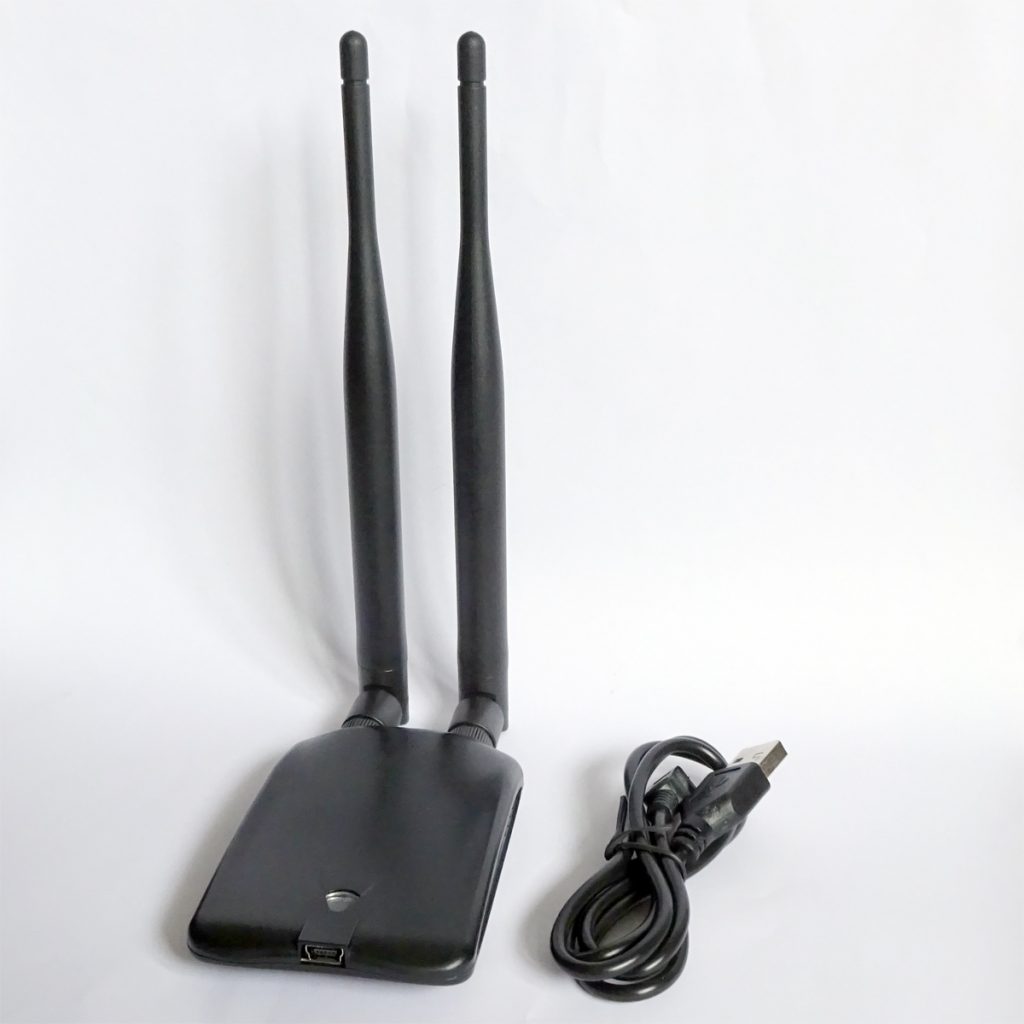Our article on What are Beacons shows the kind of data sent by beacons. While this might be iBeacon or Eddystone, both are a subset of all Bluetooth advertising as sent out by all Bluetooth LE devices such as smartphones, Fitbits and even industrial machines. The Bluetooth LE advertising advertising is just a short series of numbers.
Gateways look for Bluetooth advertising and send this on to a web server together with the signal strength of the detected device, the gateway’s own Bluetooth MAC address and MAC address of the detected Bluetooth device.

In some situations a very large number of devices can be detected, most of which aren’t the ones that need to be detected. This can cause either the gateway to become overloaded or too much extraneous data to be sent to the server.
All gateways have ways of filtering what advertising is sent to the server. This usually includes matching some or all of the advertising with a given hexadecimal string and the ability to ignore devices weaker than a given signal strength.
Even after filtering, it’s possible in extreme circumstances that a gateway processes too many beacons and becomes overloaded. In these cases it’s important to have a gateway that can support the highest throughput. Gateway specifications detail the typical maximum number of devices that can be detected which varies considerably between devices. Ethernet connected devices tend to be more performant than those connected by WiFi. Also consider setting the gateway to only detect beacons close by and use more gateways per given area. Consider using MQTT in preference to HTTP so as to cause the gateway to do less work.